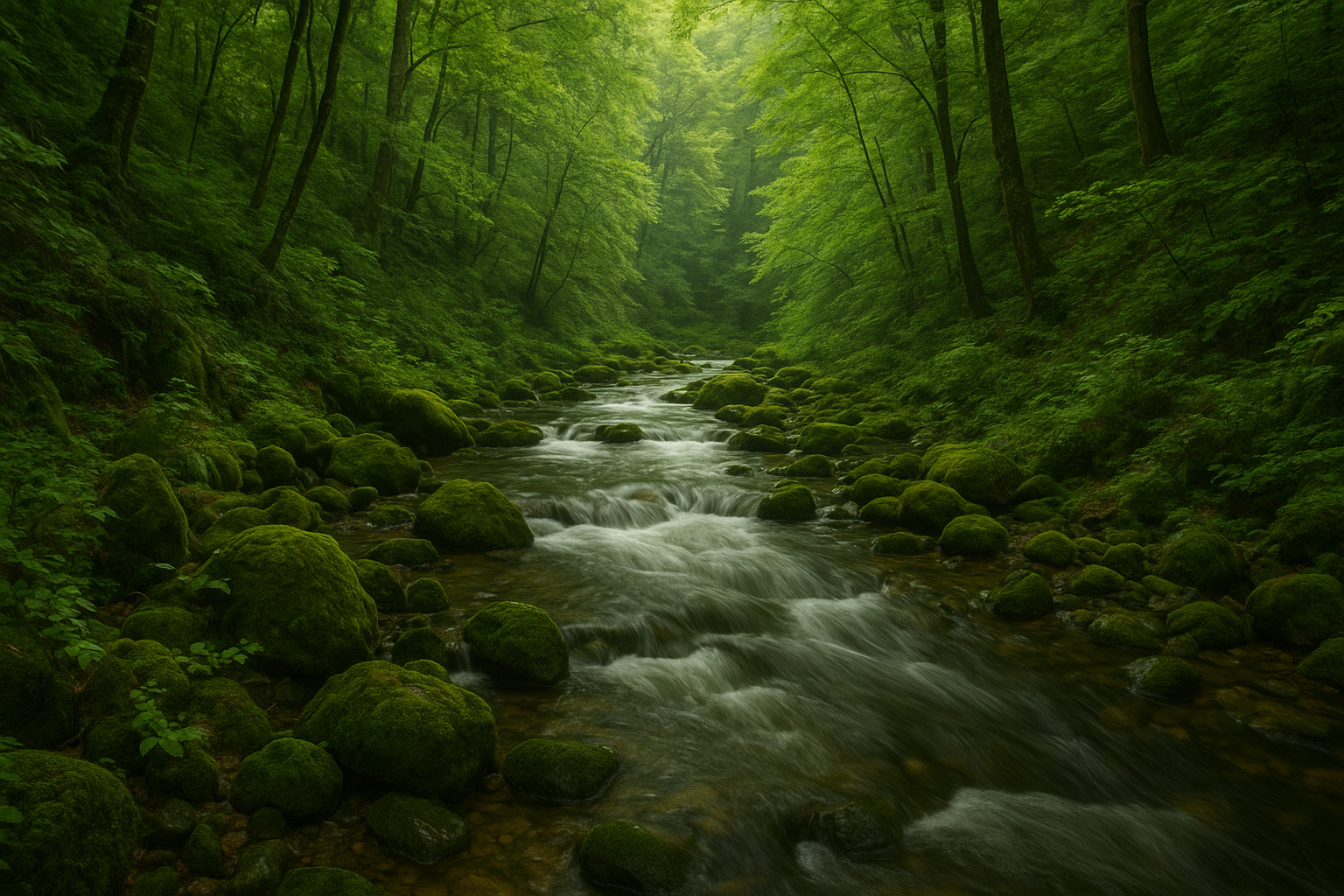The Invisible River: How the Dao Moves Through All Things
The concept of the Dao, often translated as “The Way,” originates from ancient Chinese philosophy, particularly within the texts of Daoism. It represents an underlying, universal force that guides and shapes the natural order of the universe. The Dao is famously described as ethereal and elusive, yet its presence and influence are undeniable. As the great Daoist thinker Laozi puts it in the Tao Te Ching, “The Dao that can be told is not the eternal Dao” (Wikipedia).
The Essence of the Dao
At the heart of Daoism is the belief that everything in the universe is interconnected and that an invisible current, the Dao, flows through all things. This current is not a physical entity but a guiding principle that maintains balance and harmony. It is said that understanding and aligning oneself with the Dao leads to wisdom and enlightenment.
“Knowing others is intelligence; knowing yourself is true wisdom. Mastering others is strength; mastering yourself is true power.” — Laozi
The Dao is present in nature, human life, and even inanimate objects. It does not force its way but instead accomplishes everything through subtle influence. This idea is encapsulated in the concept of wu wei, or “non-action,” where action is taken in perfect harmony with the flow of the Dao, without the interference of brute force or undue effort.
The Dao in Nature
The natural world is perhaps the most obvious manifestation of the Dao. Consider the effortless way rivers carve out valleys over millions of years or how plants grow toward sunlight without instruction. Nature operates according to the Dao through cycles and rhythms that echo the balance of yin and yang—opposing forces that create harmony in the universe.
- Yin represents the passive, receptive, and nurturing aspects of the world.
- Yang embodies the active, creative, and dominant forces.
When observed together, yin and yang illustrate that balance is not achieved by conflict, but through complementary coexistence. The Dao binds these forces and ensures that neither dominates.
Human Life and the Dao
In humans, the Dao manifests in a more complex form. It guides behavior, intellect, and spirit. Aligning with the Dao in daily life means embracing simplicity, humility, and compassion. It encourages individuals to live authentically, avoiding pretense and embracing the natural ebb and flow of life’s experiences.
“A journey of a thousand miles begins with a single step.” — Laozi
This famous Daoist adage emphasizes the importance of beginning from where one is and progressing naturally. Overcomplicating actions or pushing against the Dao only leads to discord and dissatisfaction.
The Dao as a Source of Wisdom
Wisdom in Daoism is not merely intellectual but embodied understanding. Those who live according to the Dao cultivate the ability to see beyond immediate appearances to the essence of things. By attuning to the Dao, one becomes sensitive to the subtleties of change and can navigate life’s uncertainties with grace and adaptability.
- By observing the principle of wu wei, individuals learn to act without forcing outcomes, allowing events to unfold naturally.
- Wisdom gained through the Dao encourages a profound respect for life’s mysteries and acceptance of its paradoxes.
The Enduring Influence of the Dao
In today’s fast-paced world, the teachings of the Dao remain relevant as they offer a counterbalance to the frenetic energy and constant distractions. They encourage mindfulness, presence, and a deep appreciation for the interconnectedness of all things.
By drawing wisdom from the Dao, we can foster more compassionate relationships, make decisions that honor the natural world, and cultivate a sense of peace amidst chaos. In doing so, we honor the invisible river that flows through everything, gently guiding us back to the essence of our true selves.
Ultimately, aligning with the Dao is not about claiming to understand it in its entirety. Instead, it is about trusting in its profound presence and embracing the flow it offers. As stated in the Tao Te Ching, “To the mind that is still, the whole universe surrenders.”
To learn more about the principles of Daoism and the Dao, visit Stanford Encyclopedia of Philosophy.
